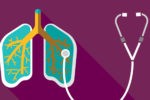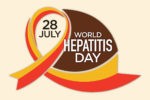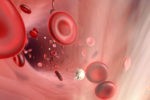Atrial Fibrillation Awareness Is More Important Than Ever

Story by Jeanie Edgmon
Atrial fibrillation, or AFib, is the most common heart rhythm disorder affecting more than 40 million people globally and an estimated 3-6 million in the United States alone. AFib is projected to affect around 12 million Americans by 2030. Despite its prevalence, it is often less understood compared to other heart diseases such as coronary artery disease. Even more concerning is that many do not know they have it and most are completely unfamiliar with the condition.
September is Atrial Fibrillation Awareness Month and, along with many others, Healthy Kansas City would like to do its part to shine a light on this serious heart condition.
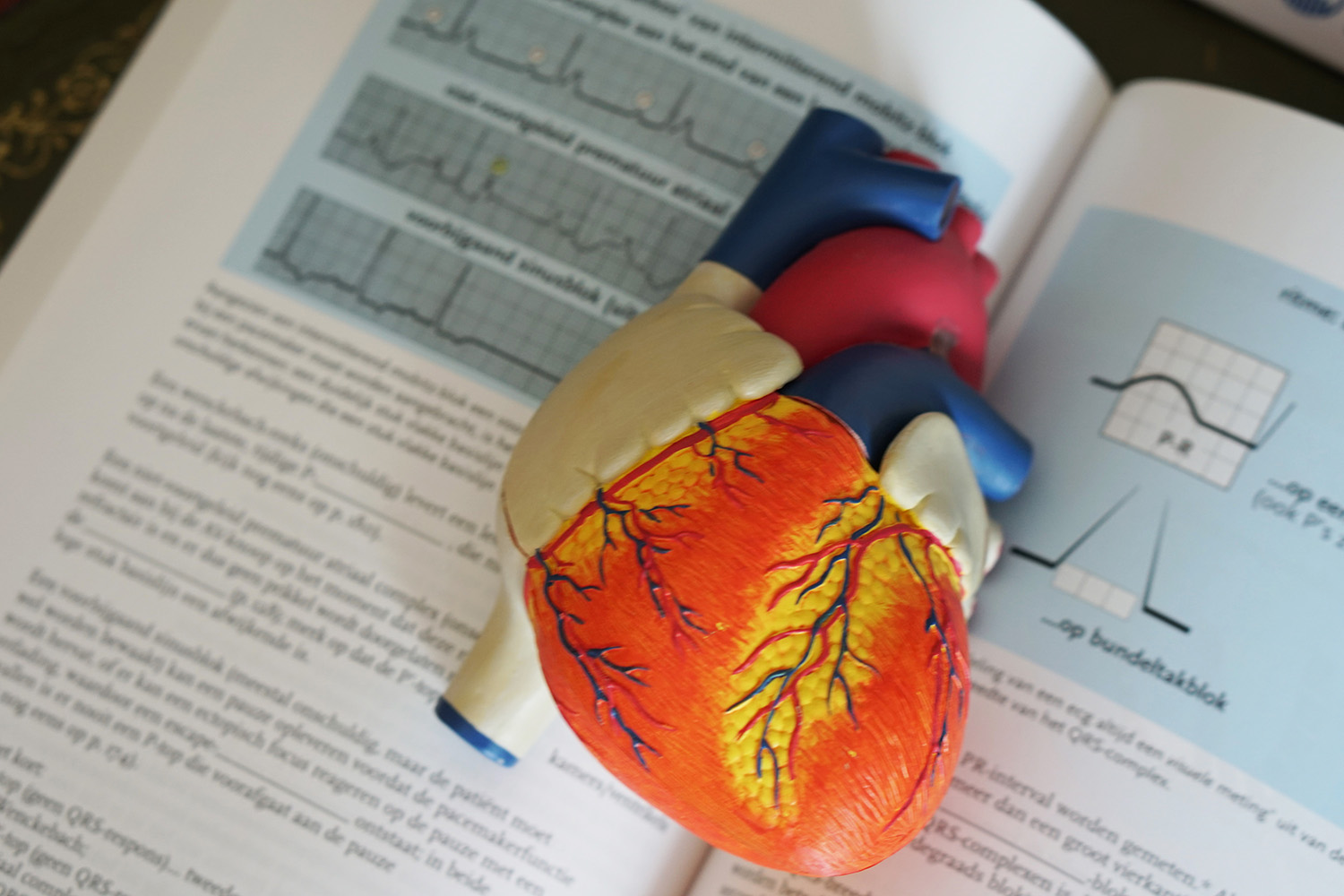
What is AFib
Atrial fibrillation occurs when the heart receives chaotic electrical signals which make the heart’s upper chambers not beat in sync with the lower chambers. When this happens, a person’s heartbeat becomes irregular or slow. The heart may race from a normal resting rate of 60 to 90 beats per minute (bpm) to 200 bpm, then slow down after a few moments. This irregularity may persist or come and go over time. During AFib, blood pools in the atria which can allow a clot to form. If a clot breaks free, it can enter the bloodstream and block an artery. Most seriously, if the blood clot blocks an artery that leads to the brain, it can cause a stroke. Currently, there is no cure for AFib.
Classifications of AFib 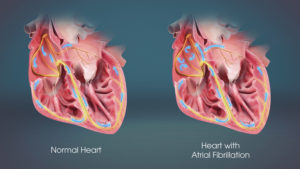
While the symptoms are generally the same, Atrial fibrillation can be classified according to the AFib problems that are manifesting. These classifications include:
- Paroxysmal fibrillation is when the heart returns to a normal rhythm on its own, or with intervention, within seven days of its start. In this type of AFib a person may have episodes daily or only a few times a year. These symptoms are unpredictable and often can turn into a permanent form of atrial fibrillation.
- Persistent AFib is defined as an irregular rhythm that lasts for longer than seven days. This type of atrial fibrillation will not return to normal sinus rhythm on its own and will require some form of treatment.
- Long-standing AFib is when the heart is consistently in an irregular rhythm that lasts longer than twelve months.
- Permanent AFib occurs when the condition lasts indefinitely, and the patient and doctor have decided not to continue further attempts to restore normal rhythm.
- Nonvalvular AFib is atrial fibrillation that is not caused by a heart valve issue. It is caused by other issues such as high blood pressure or an overactive thyroid gland.
What Are the Symptoms of Atrial Fibrillation? 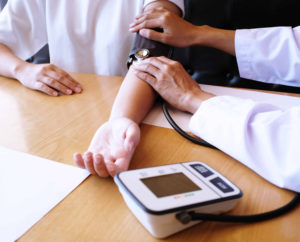
In many patients, AFib is asymptomatic, and the condition is only detectable upon a physical examination. For some, the first manifestation is a debilitating stroke, heart failure, or a blackout. Still, others may experience one or several of the following symptoms.
- General fatigue
- Rapid and irregular heartbeat
- Fluttering or “thumping” in the chest
- Dizziness
- Shortness of breath and anxiety
- Weakness
- Faintness or confusion
- Fatigue when exercising
- Sweating
- Chest pain or pressure
Who is at Risk of Atrial Fibrillation?
The prevalence of atrial fibrillation increases with age, and is twice as common in men as in women, but the risk of adverse outcomes such as stroke is higher in women. There are many factors that play a role in increasing the risks of developing AFib including high blood pressure, underlying heart disease, drinking alcohol, family history, sleep apnea, thyroid issues, diabetes, asthma, and other chronic medical problems.
Atrial Fibrillation and Stroke Risks
People with AFib have a significantly increased risk of stroke. AFib is related to approximately 120,000 strokes each year, or one out of every four strokes. Since there is no cure for AFib and the greatest risk factor is stroke, the most important part of AFib management is reducing the chances of stroke.
Often, this includes controlling heart rhythm with antiarrhythmic medication or a medical procedure. For people who are in Afib all the time, cardioversion (electrical shock) can restore normal rhythm. Medications or catheter ablation can then help maintain the rhythm.
AFib Treatment Options
There are many treatment options for AFib from oral medications to surgery. To set a patient on a course of treatment, a doctor will determine the cause of the AFib and treat that first. Treating the original underlying disorder may cause the symptoms of AFib to go away.
Next, the doctor may prescribe medications. Since the risk of stroke is high, some of the medications may be blood-thinning to reduce the chance of developing a blood clot that could lead to a stroke. Other medications used, such as amiodarone, help the heart maintain a natural rhythm.
If the cause of the AFib is unknown or related to conditions that weaken the heart, a doctor may recommend electrical cardioversion. Cardioversion is a process that delivers a shock to the heart to reset its rhythm.
Lastly, a physician may recommend a surgical procedure. One of the most effective is catheter ablation. In the process, a catheter is threaded through the wrist or groin and directed toward areas of the heart disturbing electrical activity. Some patients may require a pacemaker to help the heart stay in rhythm.
The Value of Awareness
A decade ago, AFib was a little-known condition impacting millions of lives. Today, with increased public awareness and education, more people are understanding their risks. However, there is still much work to be done. During this awareness month, remind those around you of what AFib is and its symptoms and risk factors. The more we talk about it, the more people will seek help.
